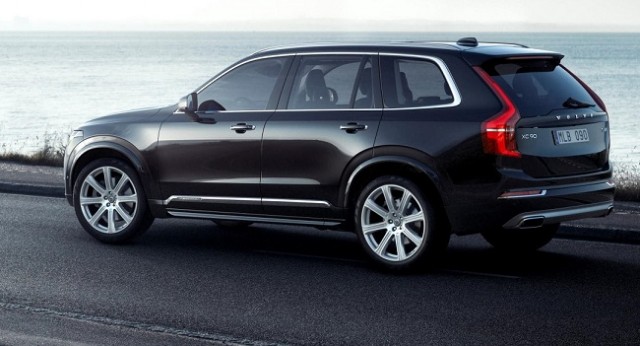So, you’ve decided you want to get yourself a hybrid vehicle, but not just any ‘ol hybrid vehicle, you want to get the best hybrid vehicle. You’ve avoided falling into the Prius trap, and that’s a good start, but where do you go from there? The hybrid market is uncharted territory for most people, a place full of scary things like battery charging stations, range limitations, and all that paperwork you have to do in order to get those highly sought after rebates. How does one get through the process without loosing their mind? Relax, choosing the best hybrid is the same as choosing the best vehicle in any segment, and no special considerations are necessary. You needn’t fear the battery, the paperwork, or getting stranded, unless of course you’re incredibly absent minded, and forget to put some gas in the tank from time to time.
And as long as we’re talking about stopping at the pump, or charging station, let’s take a second to define what makes a vehicle a hybrid, or a plug in hybrid. While it may seem quite obvious to some people, there’s no doubt some confusion over the two because of the way the jargon gets loosely thrown around in conversation and advertising. A hybrid vehicle has a battery that is recharged by capturing energy from other areas of the vehicle, often through regenerative braking, and the vehicle can then run solely on power from the battery when charged. A plug in hybrid vehicle makes use of the same regenerative technologies, but can also be plugged into a charging station, or standard 120V outlet in order to recharge the battery. Both vehicles have gas engines, and both can run solely on electric power, but the efficiency of each differs, as does the range. A plug in hybrid will offer the most versatility as you’ll be able to go farther, and charge faster, but they’re also more expensive.
Now then, if you’re looking for the best hybrid vehicle, I’d say it’s safe to assume that you’re not on an incredibly tight budget. Sure, there are sizable tax incentives handed out both nationally, and at a state government level, but even factoring those in, hybrids don’t fall into the “thrifty” segment of vehicles. There’s no question that they pay for themselves over time, it’s just a matter of being able to swallow the upfront cost, which many people cannot. If you’re looking for a cheaper alternative energy vehicle, and live in California or Oregon, I recommend the Fiat 500e. It’s fully electric so you’re limited in how far you can stray from “civilization” before needing a charge, but if you’re a urbanite with little need for a long range vehicle, the little Fiat is perfect for you.
If you’re not in either state, make sure to check out the Chevy Volt. Of all the hybrids I’ve driven, it was the least “hybrid-y”, and that might be the biggest compliment you can give a car in the segment. The lift back design gives it great amount of cargo capacity with the rear seats folded down, and it feels much nicer inside than a Prius. However it doesn’t have great ground clearance, and the styling isn’t for everyone. The 2nd generation is much better looking than the first, but it still stands out in a crowd, and not in the way that most folks would want. If you don’t necessarily care about the look of your car, and just need to get from point A to point B as efficiently as possible, and have the added benefit of being able to go on road trips, you must consider the Volt.
For everyone else, there are many options out there, and the variety continues to grow every year. Not only are there more choices in the hybrid vehicle market, but they’re better than ever. Automakers have finally begun to realize that many of their most popular models make the most sense with a hybrid powertrain, and that’s why we’re seeing vehicles like the Volvo XC90 hybrid, BMW X5 eDrive, and Porsche Cayenne S E-hybrid met with such fervor. People want to have their cake an eat it too, and giving SUVs a hybrid powertrain allows them to do just that by letting them drive in luxury, and save the planet at the same time. There’s also the matter of instant torque, the aforementioned tax incentives, and lower annual fuel costs, but I’m sure it’s mostly about doing their part to slow the runaway train that is global warming.

If you’re considering a hybrid, I applaud you for thinking long term, but I urge you to manage your expectations. Hybrid technology has come a long way very quickly, but there’s still a long way to go before they’re fully delivering on the promises that automakers have made. Don’t expect to hop in one of these vehicles, drive like you normally do, and say goodbye to gas pump. In order to maximize the benefits of driving a hybrid, you have to adapt your style of driving. If you can manage to do this, not only will you be getting the most out of your investment, you’ll be a safer driver as a byproduct. The vehicle will reward you for smooth braking, and acceleration, which will in turn keep you more engaged when behind the wheel. The more your mind is focused on the act of driving, the more you should enjoy being behind the wheel, and ultimately, that’s what your decision should come down to, just as it does when shopping for any kind of vehicle.
(Article continues below)






